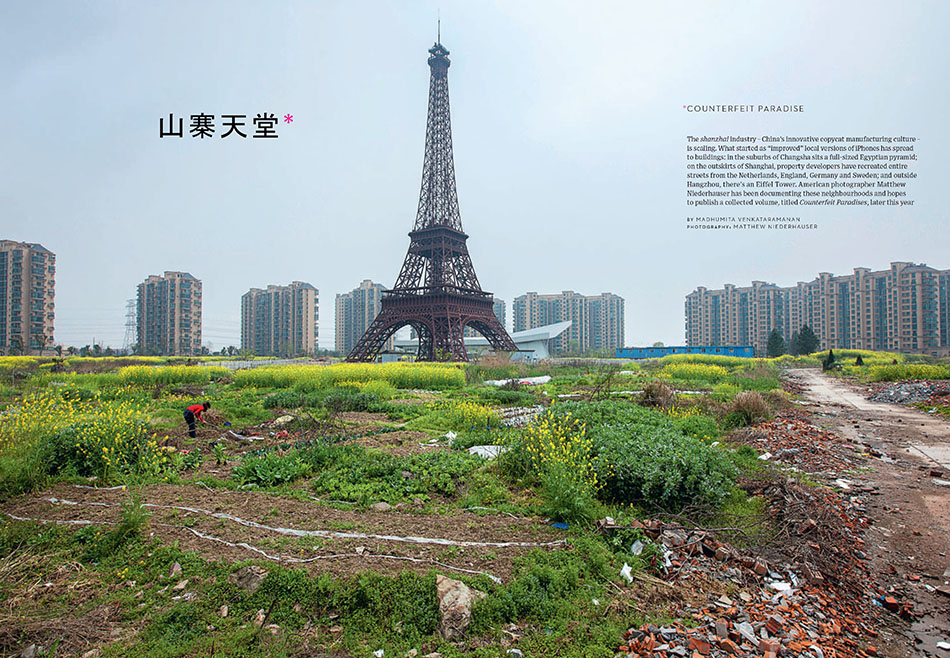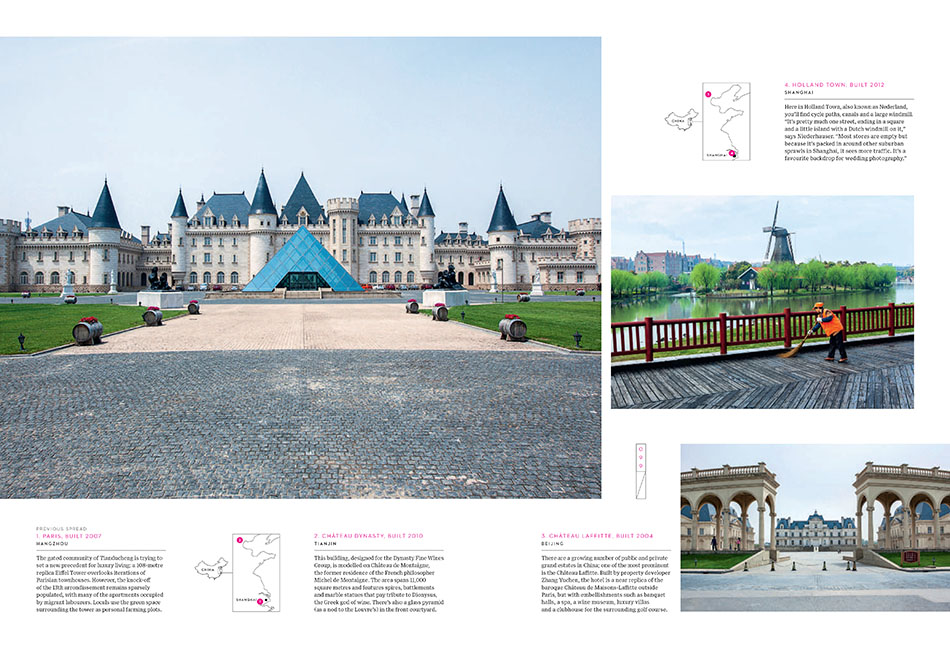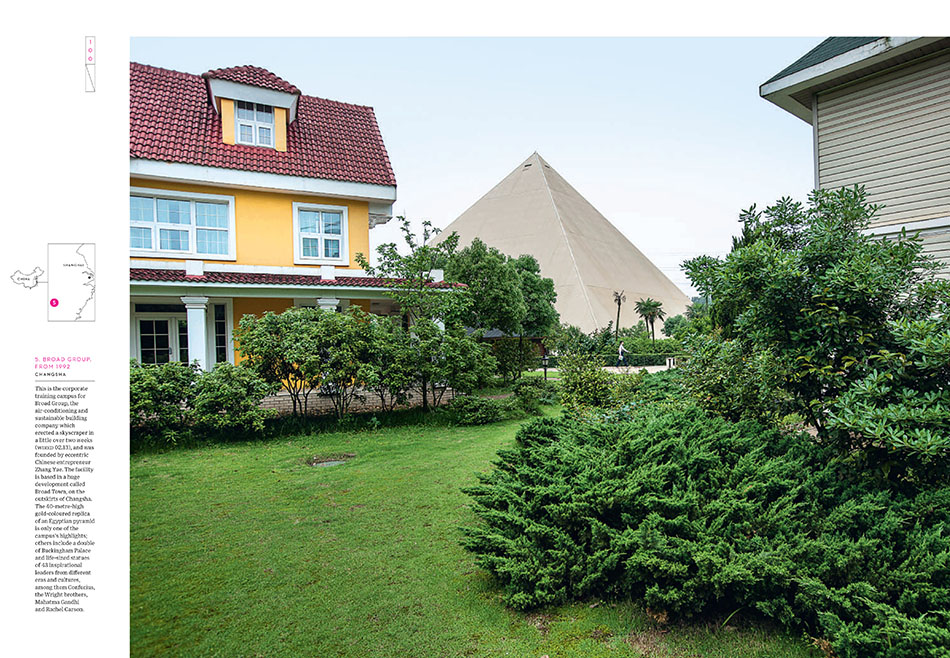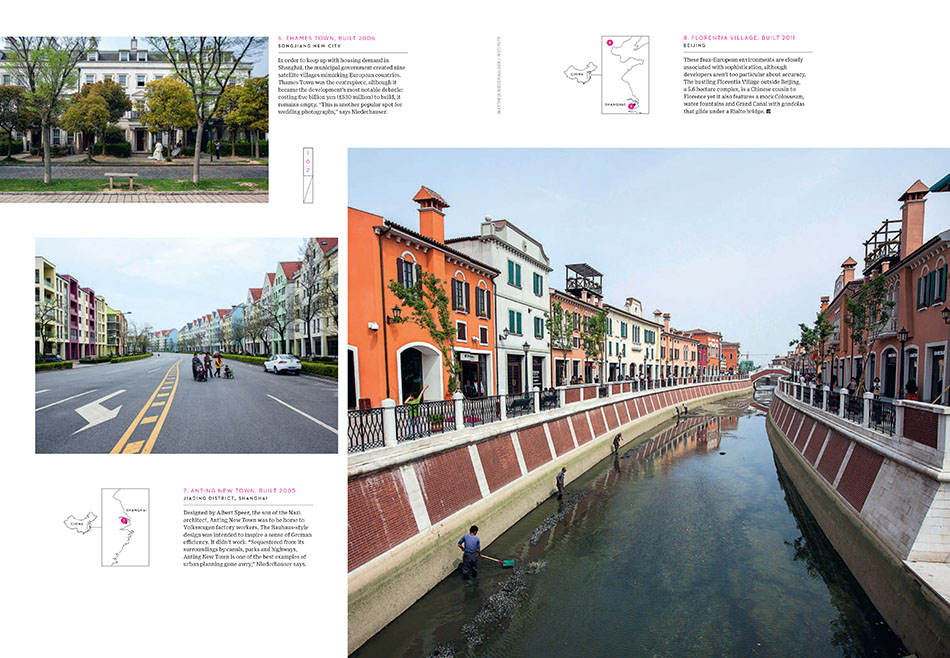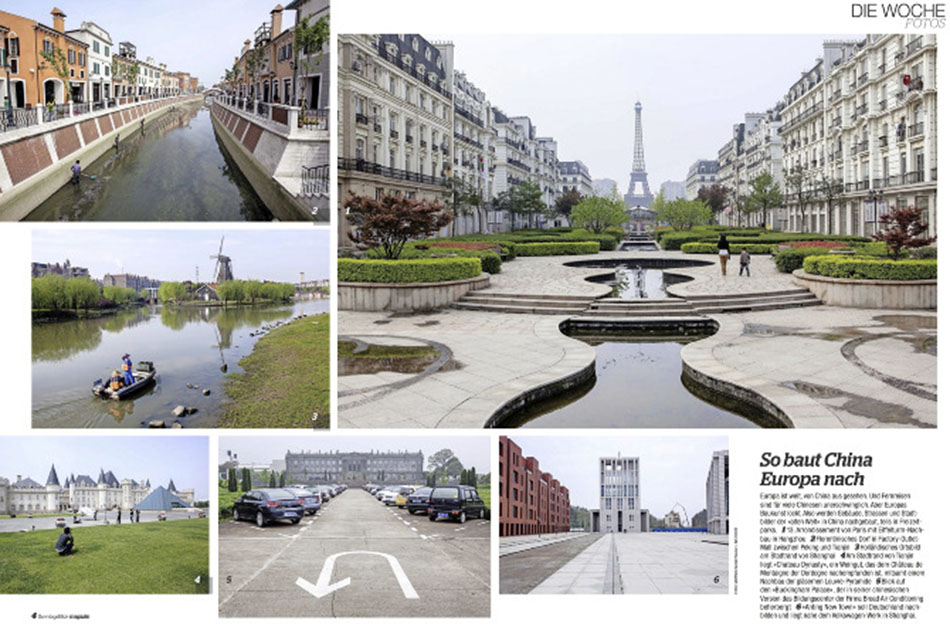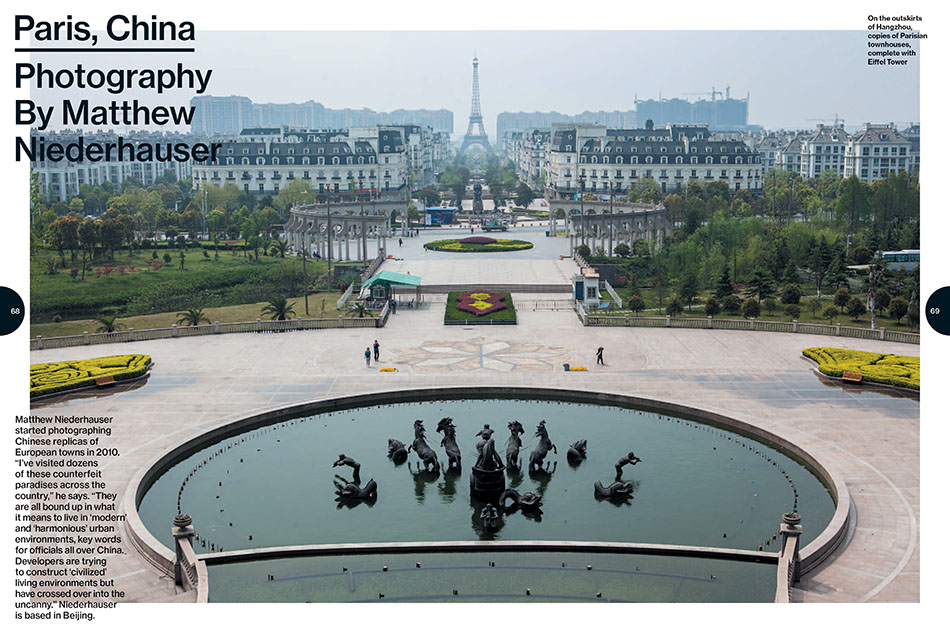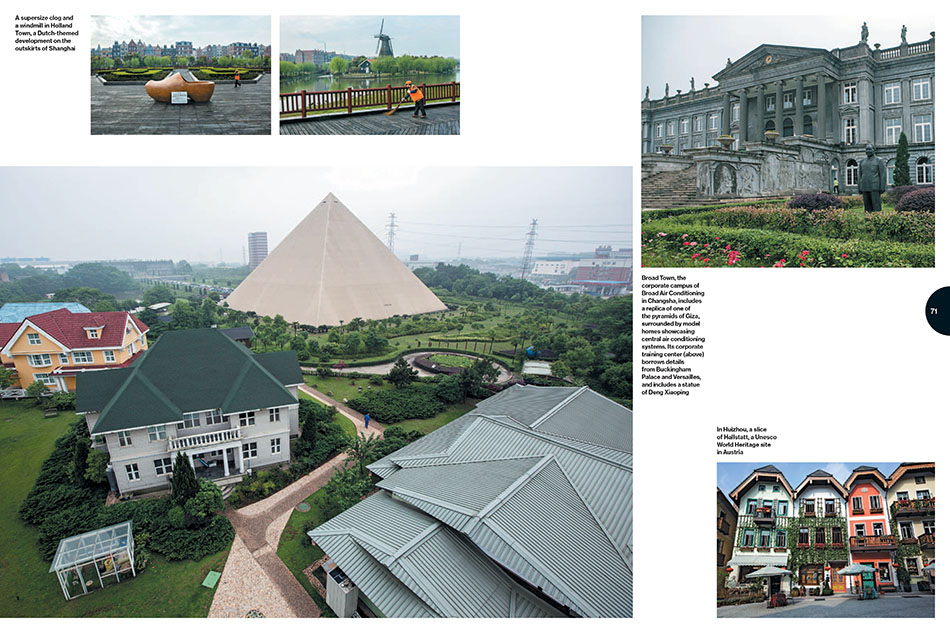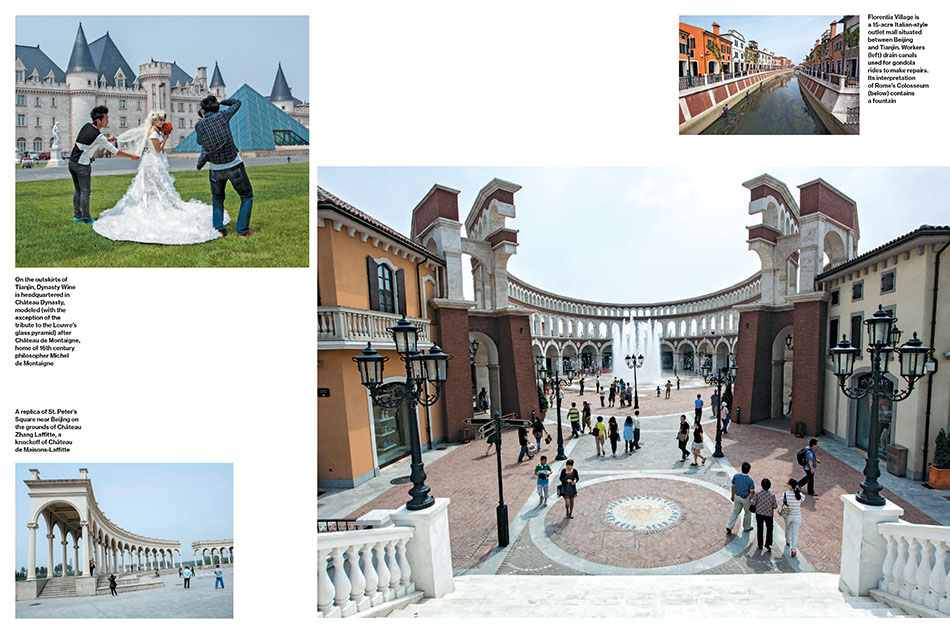Counterfeit Paradises is seeing a lot of play this year. So far it was featured in Bloomberg Businessweek in the United States, Wired in the United Kingdom, and Sonntagsblick Magazine in Switzerland. A big Stern feature will also show up in Germany sometime in the coming months. More importantly, I am in the midst of speaking to a number of publishers about a Counterfeit Paradises book. Hopefully more details will become apparent in the near future. Otherwise, check out an updated description of the project as well as an expanded cut here.
“Given the choice between a good hell and a counterfeit paradise, what will people choose? Whatever you say, many people will believe that a counterfeit paradise has got to be better than a good hell. Though at first they recognize that the paradise is bogus, they either don’t dare or wish to expose it as such. As time passes, they forget that it’s not real and actually begin to defend it, insisting that it’s the only paradise in existence.” – Chan Koonchung
China’s grand development plan continues to grow at an unrelenting pace. It is undoubtedly the largest infrastructure buildout in the history of mankind. However, too much is at stake to slow down such a gargantuan economic force, even as cracks appear in it across the country. Pollution, relentless traffic, and corruption are now a daily part of urban life. Counterfeit Paradises explores these cracks through the “harmonious” cities and sites of leisure emerging throughout China. Such locations are shaping a greater architecture of materialism that gives rise to unsustainable consumer patterns. A billion more people in China cannot live in the same manner as urbanites in American and Europe. The pooled natural resources of the planet could not bear it. For now the Chinese nouveau riche partake in an imagined space of contentment even as reassuring political rhetoric regarding the trappings of their “modern” lifestyles wears thin. This fantasy plays out in many spaces: newfangled municipal districts, communist heritage sites, amusement parks, cultural institutions, and themed luxury residential developments. They all serve to prop up a consumer paradigm that is increasingly important to the short-term economic growth of China but detrimental to its long-term sustainability. The hopes and dreams of many are woven into such spurious ventures, even if in practice many of them remain underused. These fanciful but alienating terrains are the Counterfeit Paradises of China.
